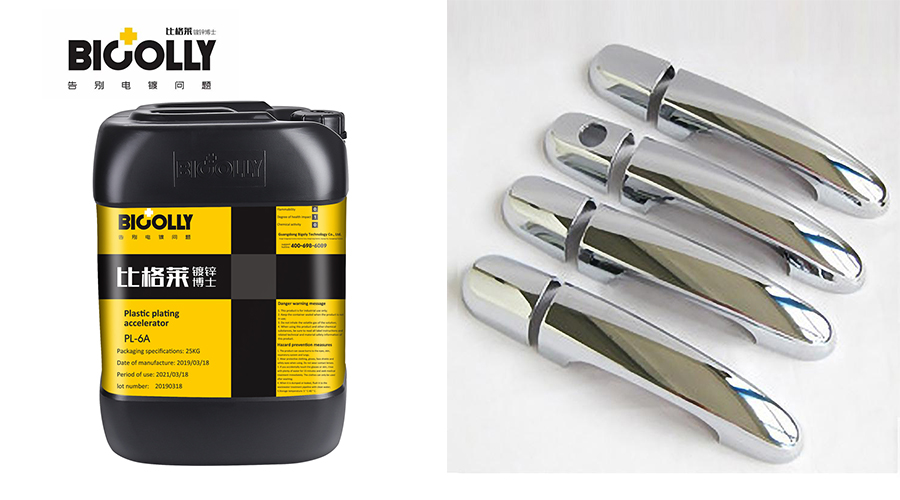
After we perform palladium activation in the plastic plating process, we also need to perform debinding. What is the main function of the debinding? What kind of descaling agent do we need to choose? Let's discuss these two questions in this article.
The main function of decolloidization is to remove the colloidal palladium outer layer of divalent tin adsorbed on the surface of the activated plastic, leaving a highly active palladium catalytic center. Adsorbed colloidal palladium on the surface of the plastic material there is a colloidal state of palladium - tin particles, it does not have catalytic activity, must be wrapped around the colloid divalent tin hydrolysis gel layer removed to expose the palladium particles.
Therefore, it can be treated with a decoupling agent. Divalent tin is amphoteric, and in an acidic solution, [SnX3]- ions can be formed, with X being F-, CI-, etc.; in an alkaline solution, [Sn(OH)3]- ions can be formed.
Tetravalent tin is also amphoteric, forming [SnX6]2- ions in acidic solutions and [Sn(OH)6]2¯ ions in alkaline solutions.
With tetravalent tin solutions, the probability is that the SnO₂ precipitate will be hydrolyzed. So either acid or alkaline solutions produce more stable complexes of tin.

In the industry, some people use some other reducing agents or complexing agents for debinding purposes, of course, you can also use Bigelow's debinding agent, which is suitable for plastic plating process, the preparation of the working solution has a high tolerance for metal impurities, which can reduce the leakage of the phenomenon of electroless nickel plating, and the working solution of the process of a wide range of stability, which can reduce the defective rate of the contact point of the hangers.
Have questions about the above, or want to know more about decouplers?
Contact us anytime.